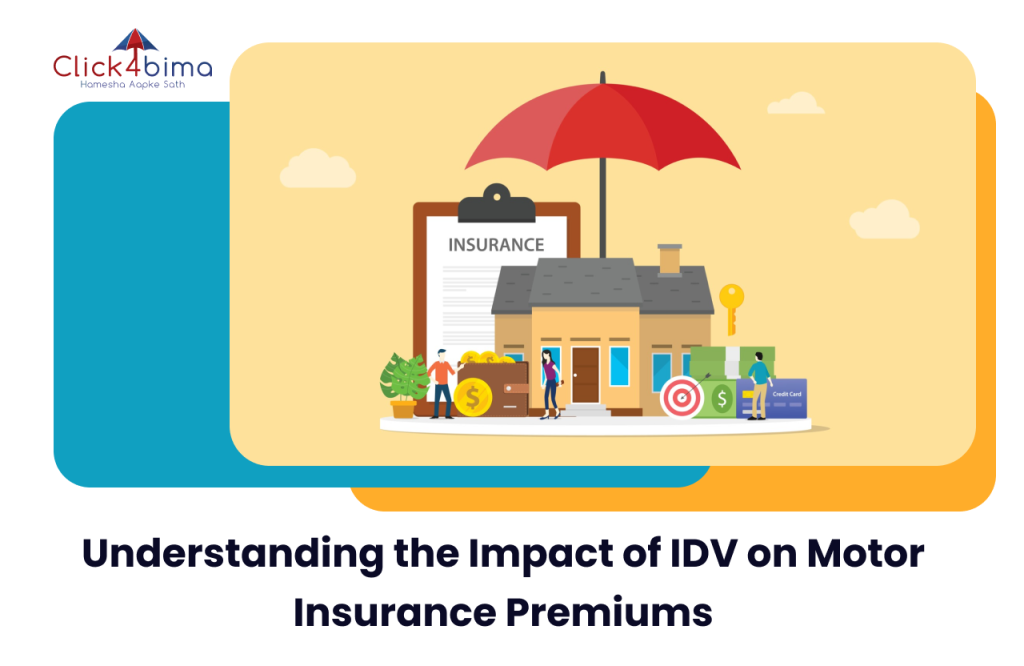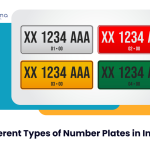When you buy motor insurance, IDV, in general, would mean Insured Declared Value. It is an essential component of your policy that helps reach a cost for you to buy coverage. In this blog, it is explained how IDV impacts your motor insurance premium, and why it matters for your financial protection.
What is IDV?
IDV, in short, stands for Insured Declared Value; it means the maximum an insurance company will pay you in case there is a total loss to your vehicle either due to theft or because of irreparable damage. It’s a critical figure in your policy because that is how the amount of coverage that you have is determined.
How is IDV determined?
IDV is commonly calculated based on the current market price of your vehicle. It’s not like numbers that are picked out of the air, it is rather a figure that comes absolutely near to the amount that you have to pay for the same model and make. There’s generally just one way that the result is reached:
1. Depreciation Factor: Generally, the IDV of a new car is its ex-showroom value. For older vehicles, the IDV is calculated by discounting the value at the ex-showroom value according to the age of the vehicle and standard depreciation rates provided by insurers
2. Market Value: For non-new or substantially modified vehicles, the IDV may be adjusted based on the current market value.
How does IDV affect your fees?
1. Higher IDV means higher costs:
Guaranteed: If you choose a higher IDV, you will essentially increase the amount of coverage in the event of a total loss. As a result, the insurance company will charge you a higher premium to compensate for this increased risk.
Greater financial security: A higher IDV results in higher premium payments, which are a reflection of the premium.
2. Reduced IDV = Reduced Premium:
Lower Coverage: When your IDV decreases, this means you have chosen a lesser amount of coverage. This lowers risk for the carrier, so the premium goes down.
Risk for You: While all of this is correctly applied, a lower IDV also means you run the risk of not receiving the full comp after a total loss of your vehicle.
Why Is IDV Important?
1. Financial Protection: The IDV will provide the finite amount of money in case of total loss so that will be a sizeable representation towards fixing or purchasing the vehicle.
2. Premium Balance: The IDV needs to be balanced with the correct financial contribution to premium, so that a compromise is not fully observed with coverage ability.
3. Account for Depreciation: Since the IDV is beautifully thought out for depreciation of the vehicle, this will only change the monthly premium, as the IDV will continue a decrease like the vehicles we own.
Tips for Managing Your IDV
1. Regularly Update Your IDV: Ensure that your IDV is updated frequently, particularly in case you’ve made any considerable modifications in your car. An outdated IDV won’t accurately reflect your automobile’s present day fee.
2. Compare Insurers: Different coverage carriers can also have exclusive strategies for calculating IDV. Comparing charges and IDV calculations from a couple of insurers assist you to find the quality premium to your coverage desires.
3. Assess Your Needs: Consider your automobile’s age, situation, and market fee whilst deciding on your IDV. A sensible IDV guarantees which you’re neither underneath-insured nor overpaying on your top rate.
Final Words
The Insured Declared Value (IDV) is a fundamental thing of motor insurance that directly influences your top class. By understanding how IDV works and its impact on your coverage expenses, you may make more informed decisions about your coverage. Balancing the IDV together with your top class ensures which you get adequate safety at the same time as handling your insurance charges efficiently.


